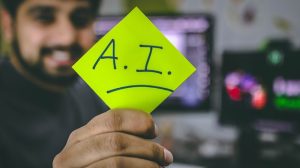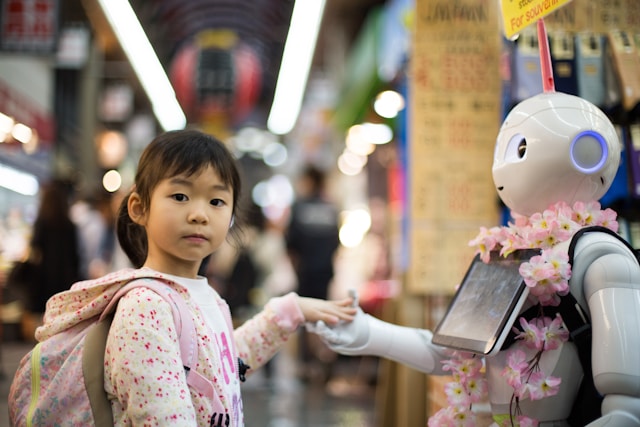Remember when engineering meant slide rules, blueprints, and endless calculations by hand? Those days are gone. AI has stormed into the engineering world like a new hire that never sleeps, makes zero calculation errors, and actually enjoys running simulations. But is this tech revolution helping or hurting the profession? Let’s break it down.

The AI Takeover (Of the Good Kind)
1. Bye-Bye, Busywork
Gone are the days of engineers wasting hours on:
- Manual calculations that could easily be automated
- Endless data entry and documentation
- Repetitive quality control checks
Real-world example: A civil engineering firm reduced bridge design time by 40% using AI for load calculations and material optimization.
2. Supercharged Design Process
Modern AI tools are like having a genius assistant who:
- Spots design flaws you’d need 20 years of experience to catch
- Runs 100 simulations overnight while you sleep
- Suggests materials you’d never think to consider
Cool fact: NASA used AI to design spacecraft components that were 75% lighter yet just as strong as human-designed parts.
3. Predictive Powers That Would Make Nostradamus Jealous
Today’s AI can:
- Predict when industrial equipment will fail (before it happens)
- Forecast material stress points years in advance
- Model climate impacts on infrastructure with scary accuracy
The Not-So-Rosy Side of AI in Engineering
1. The “Who’s Responsible?” Dilemma
When an AI-designed bridge fails, who takes the blame?
- The engineers who approved the design?
- The programmers who created the algorithm?
- The data scientists who trained the model?
2. Job Jitters
While AI creates new roles (AI engineering specialists, anyone?), it’s eliminating some traditional positions. The engineers thriving today are those who’ve learned to:
- Work alongside AI tools
- Interpret AI recommendations
- Apply human judgment to AI outputs
3. The Black Box Problem
Many AI systems arrive at conclusions without showing their work. For engineers used to verifiable calculations, this “trust me, I’m AI” approach can be unsettling.
How Engineers Are Winning With AI
The Smart Ones Are Using AI to:
- Automate the boring stuff: Freeing up time for creative problem-solving
- Enhance precision: Catching errors humans might miss
- Speed up prototyping: Testing dozens of iterations in the time it used to take for one
Pro tip: The most successful engineering firms are creating “human-AI teams” where each plays to their strengths.
The Future: What’s Coming Next
- Self-engineering systems: Infrastructure that can detect and repair its own wear and tear
- AI co-designers: Systems that don’t just assist but actively collaborate on designs
- Real-time adaptation: Buildings and bridges that adjust to environmental changes automatically
The Bottom Line
AI isn’t replacing engineers – it’s replacing what engineers don’t want to do anyway. The profession’s future belongs to those who can:
- Leverage AI as a powerful tool
- Maintain critical human oversight
- Adapt continuously as the technology evolves


